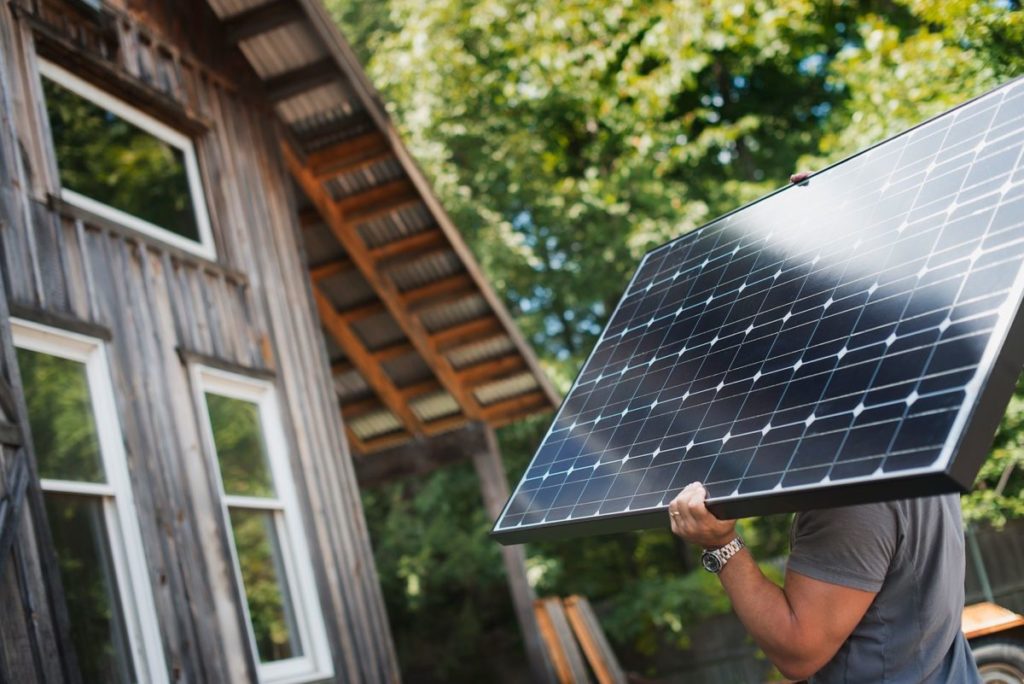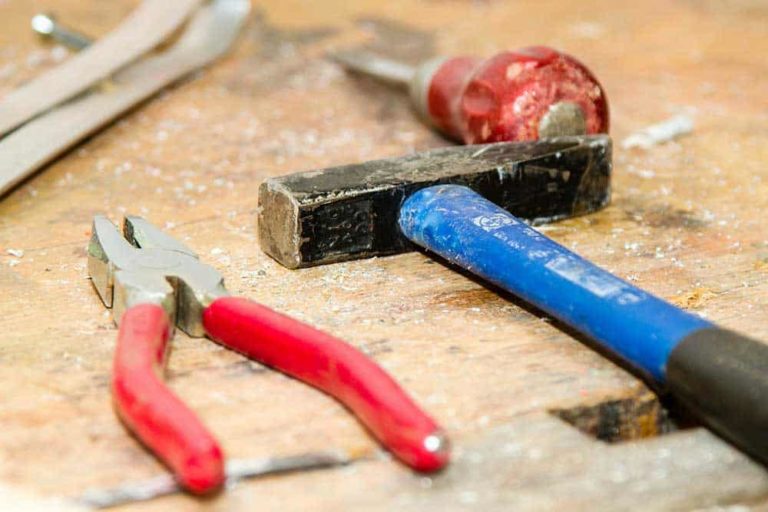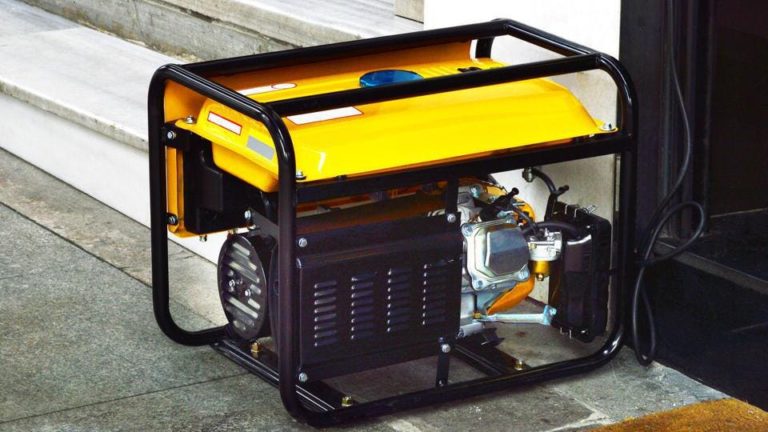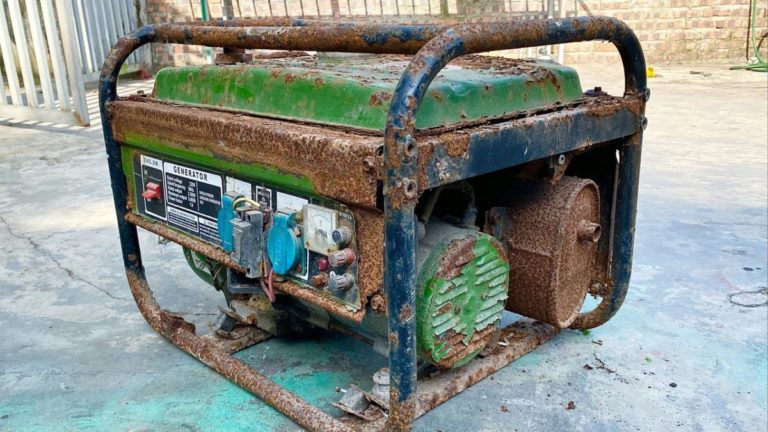Are you ready to take control of your energy future and embrace renewable power?
With the right tools and know-how, installing solar panels can be a rewarding and empowering experience.
We’ll show you how to master DIY solar panel installation, saving you time and money while also reducing your carbon footprint.
We’ll cover everything from selecting the perfect location for your panels to ensuring a safe and secure connection to the grid.
Get ready to take charge of your energy needs and embrace the power of the sun!
Understand the basics of solar panel technology
Before diving into installation, it’s important to have a solid understanding of how solar panels work, including the types of solar panels available, their efficiency ratings, and how they convert sunlight into electricity.
Solar panels are made up of several photovoltaic (PV) cells, which absorb sunlight and convert it into direct current (DC) electricity.
The most common types of solar panels are monocrystalline, polycrystalline, and thin-film.
Monocrystalline panels are made from a single crystal of silicon and have an efficiency rating of around 15%, while polycrystalline panels are made from multiple crystals and have an efficiency rating of around 12%.
Thin-film panels have an efficiency rating of around 7%.
To convert sunlight into electricity, the PV cells in solar panels use a process called the photovoltaic effect.
When sunlight hits the PV cells, it excites the electrons, causing them to flow through the material and create an electrical current.
The more sunlight that hits the PV cells, the more electricity they can produce.
The efficiency of the solar panels plays a important role in determining the amount of electricity they can generate.
Therefore, it is essential to have a thorough understanding of the different types of solar panels, their efficiency ratings, and the photovoltaic effect before installing solar panels to ensure that you can maximize their potential and meet your energy needs effectively.
Learn about local building codes and regulations
Familiarize yourself with local building codes and regulations regarding solar panel installation. This will help you ensure that your installation is safe, legal, and meets all necessary requirements.
Before installing solar panels, it is important to familiarize yourself with local building codes and regulations.
These codes and regulations are put in place to ensure the safety and legality of your installation, as well as to ensure that your system meets all necessary requirements.
Some of the key regulations to consider include
* Building permits: You will likely need to obtain a building permit before installing your solar panels.
This permit will require you to provide detailed information about your system, including the size and type of panels you plan to use, the location of the installation, and the electrical connections.
* Zoning regulations: Your installation may be subject to zoning regulations, which may limit where you can install your solar panels.
For example, you may only be allowed to install panels on the roof or in a specific area of your property.
* Electrical codes: Your installation will need to meet electrical codes, which govern the safe installation of electrical systems.
This includes the wiring and connections of your solar panels.
* Fire codes: Your installation will also need to meet fire codes, which are designed to protect your home and neighbors from the potential risks of a solar panel fire.
* Aesthetic regulations: Some communities have regulations governing the appearance of solar panels.
These regulations may limit the size, color, or style of your panels.
Familiarizing yourself with local building codes and regulations will help you ensure that your solar panel installation is safe, legal, and meets all necessary requirements.
It will also help you avoid costly mistakes and potential legal issues down the line.
Choose the right solar panel equipment
Select high-quality solar panels that are appropriate for your climate and location. Look for panels with good efficiency ratings and durable components.
When it comes to selecting high-quality solar panels for your home or business, there are several key factors to consider to ensure you get the most out of your investment.
First and foremost, it’s important to choose panels that are appropriate for your specific climate and location.
This means selecting panels that are designed to perform well in the amount of sunlight your area receives, as well as those that can withstand the local weather conditions.
To ensure you’re getting the most efficient panels, look for those with high efficiency ratings.
These ratings are typically measured in percentage and indicate how much of the sun’s energy the panels can convert into electricity.
Look for panels with ratings of 15% or higher, as these will provide the most power per unit of surface area.
Another important consideration is the durability of the panel components.
Look for panels with heavy-duty frames and high-quality glass or plastic covers that can withstand extreme weather conditions and last for many years.
Make sure the panels are designed with a strong warranty that covers both performance and durability, so you can have peace of mind that your investment will pay off in the long run.
By carefully selecting high-quality solar panels that are appropriate for your climate and location, you can ensure that your solar energy system provides the maximum amount of power and lasts for many years to come, providing a solid return on your investment.
Plan your installation
Carefully plan your installation, including the location of the solar panels, the wiring and mounting system, and the inverter and monitoring equipment. Consider factors such as sunlight exposure, shading, and weather patterns.
When planning the installation of your solar panel system, it’s essential to carefully consider the location of each component.
The solar panels should be placed in an area that receives direct sunlight for the majority of the day, without any significant shading from trees, buildings, or other obstructions.
You should consider the weather patterns in your area and ensure that the panels are securely fastened to prevent damage from high winds or heavy snow loads.
The wiring and mounting system should also be planned with careful attention to detail, ensuring that all connections are secure and that the system is properly grounded.
The inverter and monitoring equipment should be selected and installed with consideration of their compatibility with the solar panel system and their ability to convert DC power to AC power efficiently.
Proper planning and installation of these components will ensure that your solar panel system operates at maximum efficiency and provides reliable, consistent power for your home or business.
Prepare your roof
Make sure your roof is in good condition and can support the weight of the solar panels. Check for any loose or missing shingles, and repair or replace them as needed.
Before you begin the process of installing solar panels on your roof, it’s essential to ensure that your roof is in good condition and can support the weight of the solar panels.
This includes checking for any loose or missing shingles and repairing or replacing them as needed.
This is a important step because solar panels can be heavy and can cause significant damage to your roof if it’s not strong enough to support the weight.
If your roof is in poor condition, it may not be able to withstand the elements and may leak or decay over time, which can lead to costly repairs and even jeopardize the integrity of your home.
By taking the time to thoroughly inspect your roof and address any issues before installing solar panels, you can avoid these potential problems and ensure that your solar panel system is safe and effective.
Install the solar panels
Follow the manufacturer’s instructions for installing the solar panels. This typically involves attaching the panels to the roof using a mounting system, connecting the wiring, and installing the inverter and monitoring equipment.
To ensure a successful and safe installation of your solar panels, it is important to follow the manufacturer’s instructions step-by-step.
This typically begins with attaching the panels to the roof using a mounting system that is specifically designed for your type of roof and solar panel combination.
This will involve securing the panels to the roof with specialized hardware and ensuring that they are positioned at the optimal angle to maximize energy production.
Next, you will need to connect the wiring to the solar panels and inverter, paying close attention to the polarity and ensuring that all connections are secure and waterproof.
You will need to install the inverter and monitoring equipment, which will allow you to track your system’s performance and ensure that it is operating at its maximum potential.
Connect to the grid
If you want to sell excess energy back to the grid, you’ll need to connect your solar panels to the utility grid. This requires a specialized inverter that can convert DC power from the solar panels to AC power for the grid.
If you’re looking to sell excess energy back to the grid, connecting your solar panels to the utility grid is a important step.
To do this, you’ll need a specialized inverter that can convert the DC power generated by your solar panels into AC power that is compatible with the grid.
This inverter serves as a gateway between your solar panel system and the utility grid, allowing you to sell any excess energy generated by your system back to the grid.
When selecting an inverter, it’s important to choose one that is specifically designed for grid-tied systems.
These inverters are capable of producing AC power that is synchronized with the grid’s frequency and voltage, ensuring safe and efficient energy transfer.
Many inverters come equipped with features such as automatic islanding and anti-islanding, which prevent the inverter from feeding energy back into the grid during a grid outage.
Before connecting your solar panels to the grid, it’s essential to consult with a licensed electrician to ensure that the installation is done safely and in compliance with local regulations.
Proper installation and configuration of your grid-tied inverter will not only ensure the safety of your system but also help you maximize the financial benefits of selling excess energy back to the grid.
Monitor and maintain your solar panel system
Once your system is up and running, it’s important to monitor it regularly to ensure it’s performing at its best. This can involve tracking energy production, checking for any issues with the system, and performing routine maintenance tasks such as cleaning the panels.
Once your solar power system is up and running, it’s essential to monitor it regularly to ensure it’s performing at its best.
This includes tracking energy production, checking for any issues with the system, and performing routine maintenance tasks such as cleaning the panels.
By monitoring your system regularly, you can identify any potential issues before they become major problems, and make any necessary adjustments to optimize energy production.
Regular cleaning of the panels can help ensure that they continue to operate at peak efficiency, maximizing the return on your investment.
So, invest in a good monitoring system and schedule regular maintenance tasks to ensure your solar power system runs smoothly and efficiently for years to come.
Want More? Dive Deeper Here!
Hey there! If you’re the type who loves going down the rabbit hole of information (like we do), you’re in the right spot. We’ve pulled together some cool reads and resources that dive a bit deeper into the stuff we chat about on our site. Whether you’re just killing time or super into the topic, these picks might just be what you’re looking for. Happy reading!






